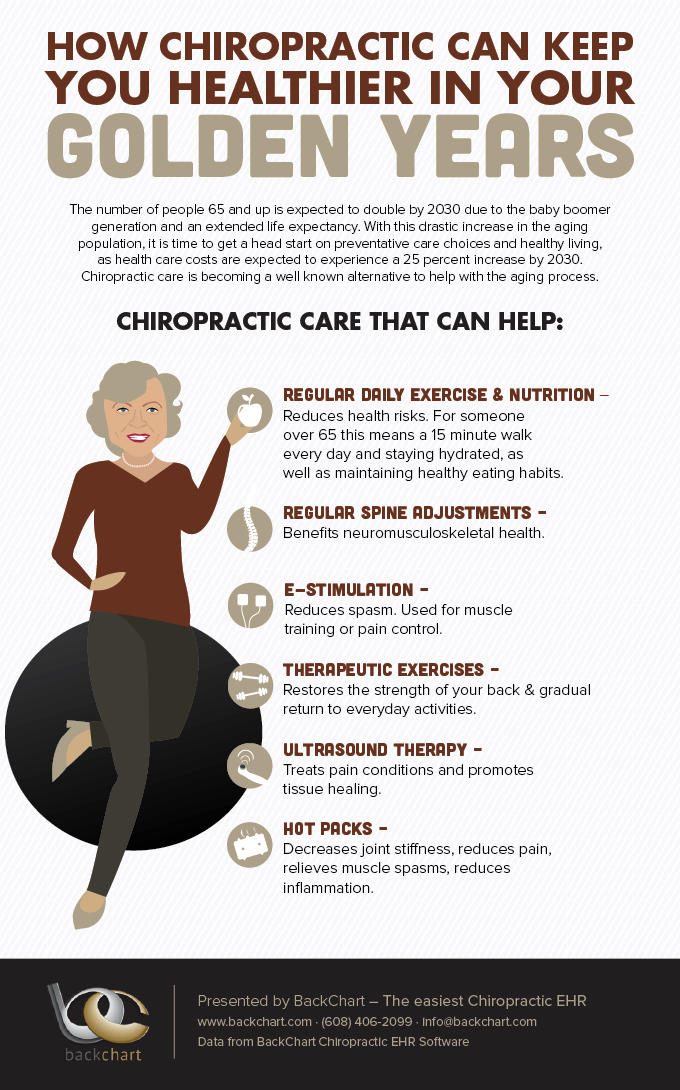Simply When You Assume Relief Is Near, Soft Tissue Therapy Exposes Its Awkward Facts-- Uncover Why The Procedure Can Be Unpleasant Yet Helpful
Simply When You Assume Relief Is Near, Soft Tissue Therapy Exposes Its Awkward Facts-- Uncover Why The Procedure Can Be Unpleasant Yet Helpful
Blog Article
Write-Up By-Huffman Lundgaard
When you undertake soft Tissue therapy, you could find it surprisingly uneasy. This pain emerges as stress is put on strained muscular tissues and damaged tissues, causing your pain receptors. While it can really feel upsetting in the minute, there's a reason behind this feeling. Understanding what occurs in your body during these treatments can aid you appreciate the process. So, just what is taking Recommended Browsing under the surface area?
The Physiology of Pain Throughout Soft Tissue Therapy
When you go through soft Tissue treatment, your body's response to discomfort is a complex interplay of physical processes. As the specialist uses pressure, your body activates pain receptors, sending out signals to your mind. This activates the launch of natural chemicals, such as substance P and glutamate, which intensify the experience of discomfort.
Your muscular tissues might likewise tense up in reaction, additional making complex the experience. Additionally, your body may launch endorphins, natural painkillers that can aid ease some discomfort.
The interaction in between these procedures can develop a special experience for each person. Understanding this physical response helps you navigate the sensations during treatment, enabling you to value the equilibrium between pain and the potential for healing benefits.
The Function of Discomfort in the Recovery Refine
Although discomfort during soft Tissue therapy can feel overwhelming, it plays an essential duty in the healing procedure. When you experience discomfort, your body is indicating that it's functioning to repair damaged tissues. This feedback assists raise blood circulation to the affected location, delivering important nutrients and oxygen needed for recovery.
Additionally, pain can advertise the launch of endorphins, your body's natural painkillers, producing a sense of alleviation post-treatment. Accepting this discomfort can aid you comprehend your body's limits and motivate you to deal with underlying issues.
While it's unpleasant now, this process is vital for long-lasting recuperation and enhanced feature. Recognizing pain as an important part of healing can empower you to stay devoted to your treatment.
Tips for Managing Pain During and After Treatment
Handling pain throughout and after soft Tissue treatment can considerably boost your general experience and healing.
To start, interact openly with your specialist concerning your pain degrees; they can change strategies accordingly. Using deep breathing methods can also help you relax and alleviate discomfort.
Take into consideration applying ice to the cured location post-session to minimize swelling and numb pain. Staying hydrated aids in the healing process, so consume alcohol plenty of water.
Mild extending and light movement after treatment can promote blood circulation and simplicity rigidity. Finally, guarantee you obtain appropriate rest to allow your body to recover.
Applying https://waylonicxql.blog-ezine.com/33188280/soft-tissue-therapy-for-athletes-increase-your-performance can make your soft Tissue therapy a lot more workable and delightful.
Verdict
In conclusion, while soft Tissue treatment can be uneasy, it's crucial to recognize that this pain plays an essential function in your healing journey. By recognizing the physiological actions at play, you can come close to the therapy with a much more positive way of thinking. Remember, the preliminary pain usually gives way to alleviation as your body launches endorphins. Welcome the procedure, and do not be reluctant to make use of the pointers for handling discomfort to improve your experience and recovery.
